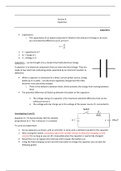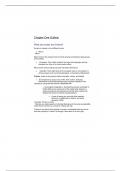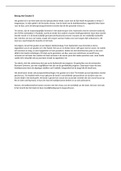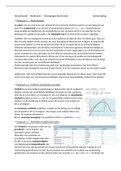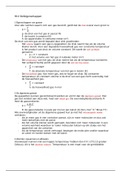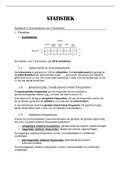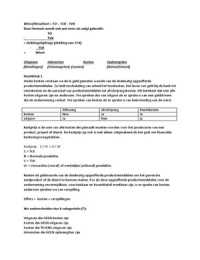Summary
Summary Section 4: Capacitance
The following documents follow the AQA A-Level specification for Physics (as of 2019). This document focuses on chapter 4 (Capacitance). It should also be noted that I have created and used these notes - and achieved an A grade in Physics.
[Show more]
